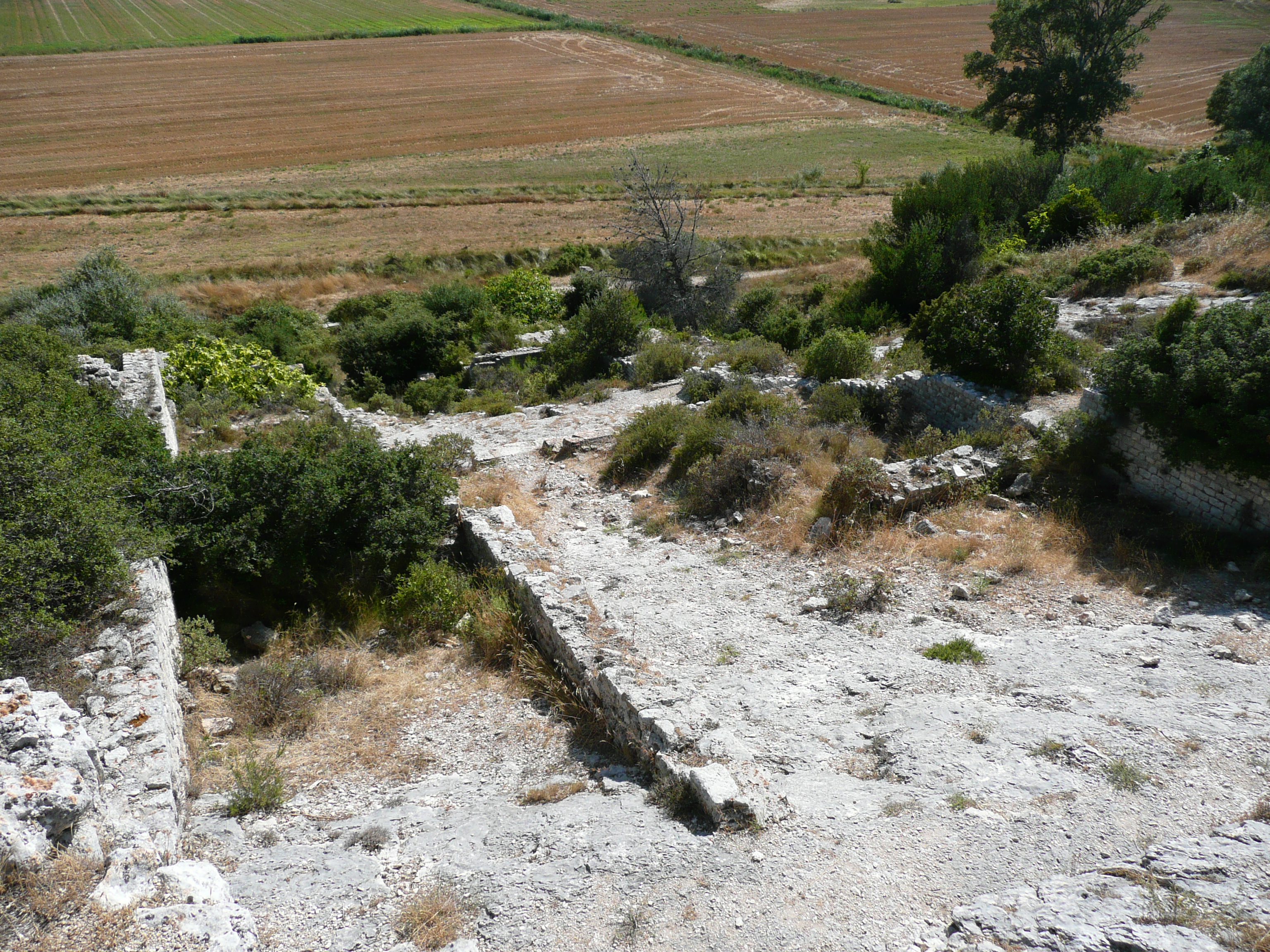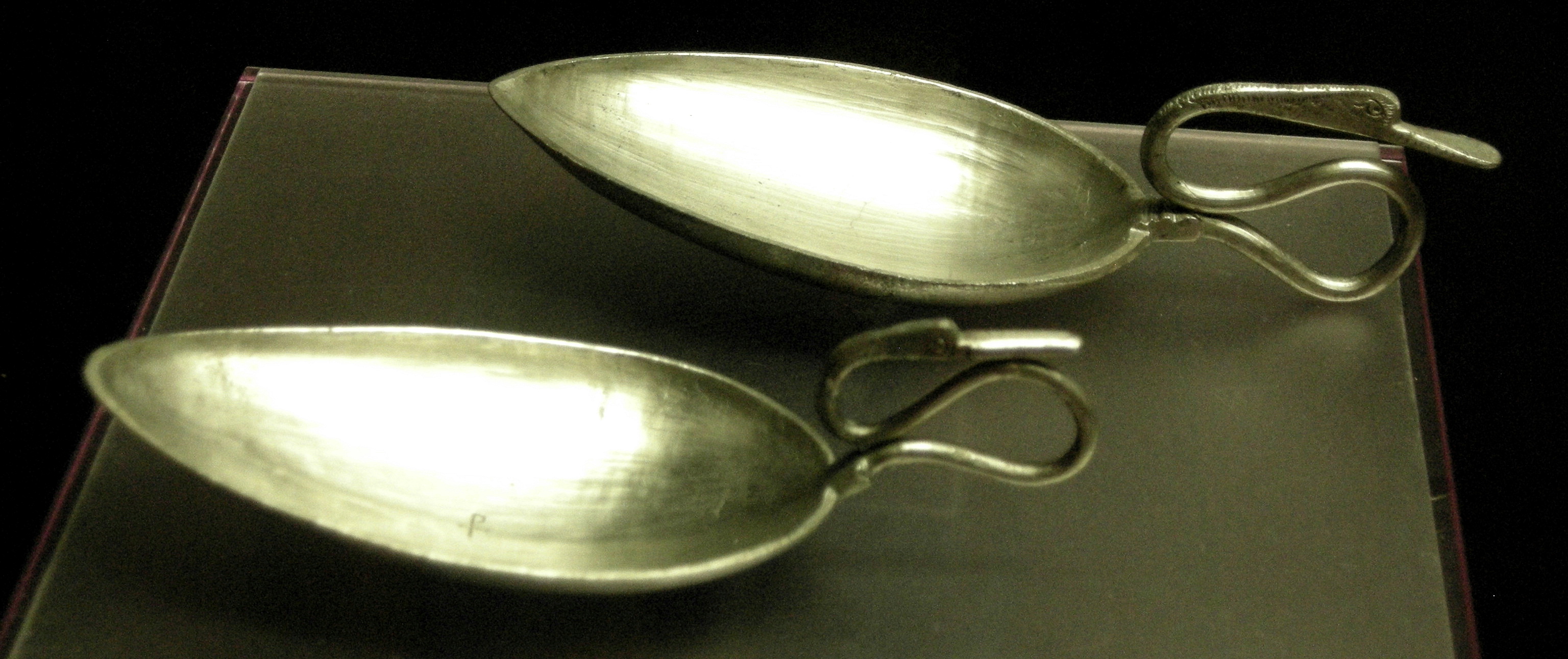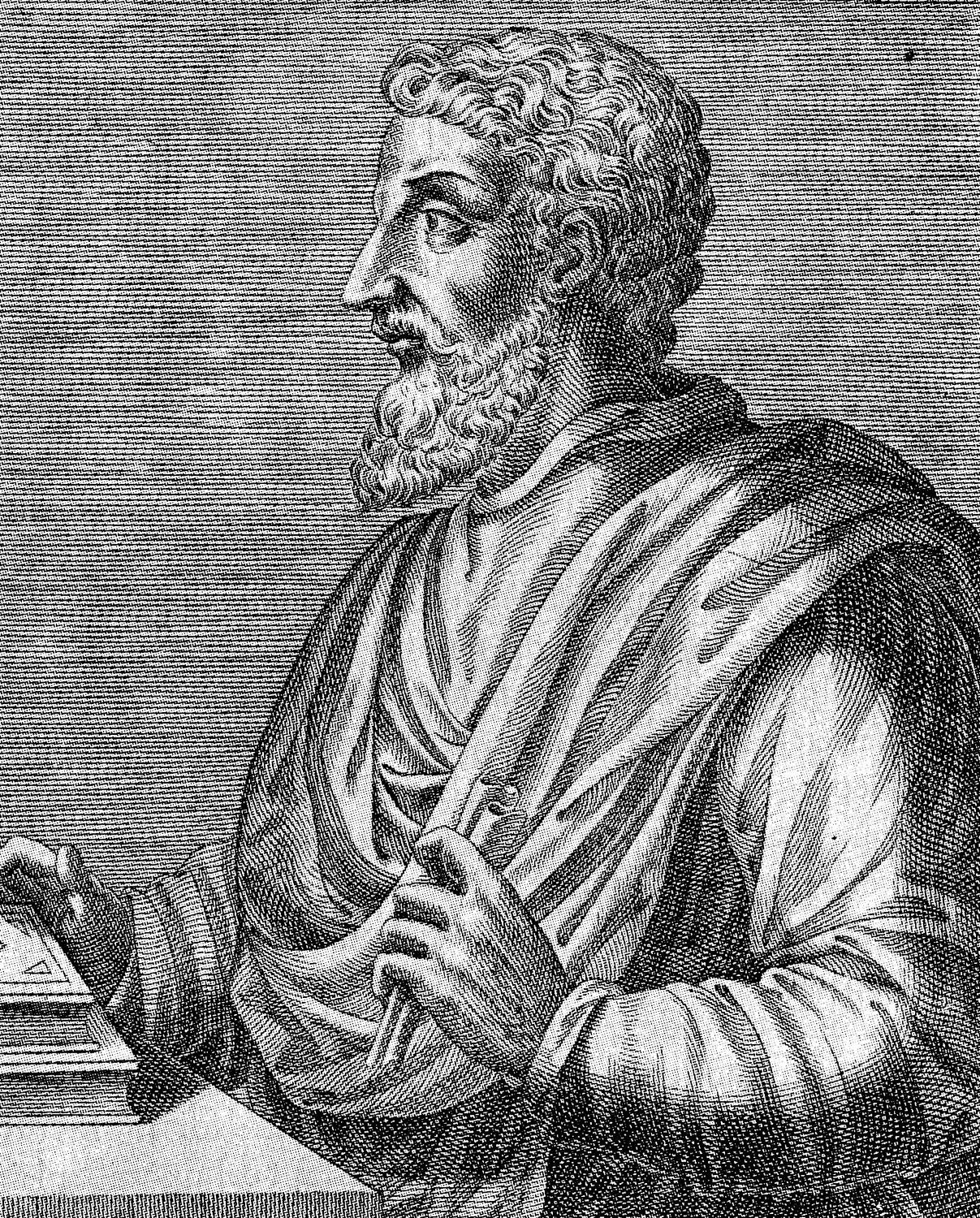|
Columella
Lucius Junius Moderatus Columella (, Arabic: ) was a prominent Roman writer on agriculture in the Roman Empire. His in twelve volumes has been completely preserved and forms an important source on Roman agriculture and ancient Roman cuisine, cuisine, together with the works of Cato the Elder and Marcus Terentius Varro, both of which he occasionally cites. A smaller book on trees, , is usually attributed to him. In 1794 the Spanish botanists Ruiz y Pavón, José Antonio Pavón Jiménez and Hipólito Ruiz López named a genus of Peruvian asterids, asterid ''Columellia'' in his honour. Life Little is known of Columella's life. He was probably born in Cádiz, Gades, Hispania Baetica (modern Cádiz), possibly to Roman parents. After a career in the army (he was tribune in Syria (Roman province), Syria in 35 AD), he turned to farming his estates at Ardea, Lazio, Ardea, Carsoli, Carseoli, and Alba Longa, Alba in Latium. Works ''De re rustica'' In ancient times, Columella's wo ... [...More Info...] [...Related Items...] OR: [Wikipedia] [Google] [Baidu] |
Roman Agriculture
Roman agriculture describes the farming practices of ancient Rome, during a period of over 1000 years. From humble beginnings, the Roman Republic (509 BC–27 BC) and the Roman Empire (27 BC–476 AD) expanded to rule much of Europe, northern Africa, and the Middle East and thus comprised many agricultural environments of which the Mediterranean climate of dry, hot summers and cool, rainy winter was the most common. Within the Mediterranean area, a triad of crops were most important: grains, olives, and grapes. The great majority of the people ruled by Rome were engaged in agriculture. From the beginning of small, largely self-sufficient landowners, rural society became dominated by latifundium, large estates owned by the wealthy and utilizing mostly slave labor. The growth in the urban population, especially of the city of Rome, required the development of commercial markets and long-distance trade in agricultural products, especially grain, to supply the people in the cities w ... [...More Info...] [...Related Items...] OR: [Wikipedia] [Google] [Baidu] |
Rutilius Taurus Aemilianus Palladius
Rutilius Taurus Aemilianus Palladius, also known as Palladius Rutilius Taurus Aemilianus or most often just as Palladius, was an ancient writer who wrote in Latin, and is dated variously to the later 4th century or first half of the 5th century AD. He is principally known for his book on agriculture, ''Opus agriculturae'', sometimes known as ''De re rustica''. Life Since the Middle Ages, authors of agricultural treatises have referred often to Palladius. The Palladii were a prominent Gallic family, and the name ''Palladius'' is probably a family name (of Greek origin), with Aemilianus his ''cognomen'' (of Roman origin). In late antiquity, the convention of the ''tria nomina'' ("three names") for Roman men was no longer standard, and the greater variation in naming practice contributes to the uncertainty over the correct order of his names. Evidence for his life is scant. Manuscripts of his work call him a '' vir illustris'', which would indicate high rank. Although Palladius ... [...More Info...] [...Related Items...] OR: [Wikipedia] [Google] [Baidu] |
Carsoli
Carsoli ( Marsicano: ') is a town and ''comune'' in the province of L'Aquila, Abruzzo (central Italy). The ancient Roman city lies southwest of the modern town. History The ancient city, known as ''Carsioli'' (or ''Carseoli''), was founded in the country of the Aequi between 302 and 298 BC, just after the establishment of Alba Fucens, no doubt as a stronghold to guard the road to the latter. It is mentioned in 211 BC as one of the 12 of 30 Latin colonies that protested their inability to furnish more men or money for the war against Hannibal. It is known that, in 168 BC, it was used as a place of confinement for political prisoners. It was sacked in the Social War, but probably became a ''municipium'' after it. The 1st century agricultural writer Columella possessed estates there. The modern town of Carsoli first appears in a diploma of 866 AD, but the old site does not seem to have been abandoned until the 13th century. Main sights The line of the city walls (originally in tu ... [...More Info...] [...Related Items...] OR: [Wikipedia] [Google] [Baidu] |
Ardea, Lazio
Ardea () is an ancient town and ''comune ''(municipality) in the Metropolitan City of Rome Capital, south of Rome and about from today's Mediterranean coast. The economy is mostly based on agriculture, although, starting from the 1970s, industry has played an increasingly important role. Foundation legends The city's foundation is attributed to different sources. Some writers suggest it was established by Ardeas, a son of Odysseus and Circe, while the more widely accepted tradition attributes it to Danaë, the mother of Perseus. Both versions imply a Pelasgic origin. Barthold Georg Niebuhr considers Ardea to have been the chief city of the Pelasgian segment of the Latin nation. He also connects its king, Turnus, to the Tyrrhenians. In the Aeneid, Ardea is portrayed as the capital of the Rutuli, a people who either vanished or merged into the Latin population. Despite this, King Turnus is depicted as being under Latinus authority while maintaining his own sovereignty. Additi ... [...More Info...] [...Related Items...] OR: [Wikipedia] [Google] [Baidu] |
Ancient Roman Cuisine
The cuisine of ancient Rome changed greatly over the duration of the civilization's existence. Dietary habits were affected by the political changes from republic to empire, and Roman economy#Trade and commodities">Roman trading with foreigners along with the empire's enormous expansion exposed Romans to many new foods, provincial culinary habits and cooking methods. In the beginning, dietary differences between Roman social classes were not great, but disparities developed with the empire's growth. Archaeology Most organic foods decay under ordinary conditions, but ashes and animal bones offer some archaeological details about the ancient Roman diet. Phytoliths have been found at a cemetery in Tarragona, Spain. Imported figs were among the charred foods preserved when Boudica and her army burned down a Roman shop in Colchester. Chickpeas and bowls of fruit are known from Herculaneum, preserved since Vesuvius destroyed the town in 79 AD. Remains of small fish bones, sea urc ... [...More Info...] [...Related Items...] OR: [Wikipedia] [Google] [Baidu] |
Soil
Soil, also commonly referred to as earth, is a mixture of organic matter, minerals, gases, water, and organisms that together support the life of plants and soil organisms. Some scientific definitions distinguish dirt from ''soil'' by restricting the former term specifically to displaced soil. Soil consists of a solid collection of minerals and organic matter (the soil matrix), as well as a porous phase that holds gases (the soil atmosphere) and water (the soil solution). Accordingly, soil is a three- state system of solids, liquids, and gases. Soil is a product of several factors: the influence of climate, relief (elevation, orientation, and slope of terrain), organisms, and the soil's parent materials (original minerals) interacting over time. It continually undergoes development by way of numerous physical, chemical and biological processes, which include weathering with associated erosion. Given its complexity and strong internal connectedness, soil ecologists ... [...More Info...] [...Related Items...] OR: [Wikipedia] [Google] [Baidu] |
Hispania Baetica
Hispania Baetica, often abbreviated Baetica, was one of three Roman provinces created in Hispania (the Iberian Peninsula) in 27 BC. Baetica was bordered to the west by Lusitania, and to the northeast by Tarraconensis. Baetica remained one of the basic divisions of Hispania under the Visigoths. Its territory approximately corresponds to modern Andalusia. Name In Latin, ' is an adjectival form of ', the Roman name for the Guadalquivir River, whose fertile valley formed one of the most important parts of the province. History Before Romanization, the mountainous area that was to become Baetica was occupied by several settled Iberian tribal groups. Celtic influence was not as strong as it was in the Celtiberian north. According to the geographer Claudius Ptolemy, the indigenes were the powerful Turdetani, in the valley of the Guadalquivir in the west, bordering on Lusitania, and the partly Hellenized Turduli with their city Baelo, in the hinterland behind the coastal ... [...More Info...] [...Related Items...] OR: [Wikipedia] [Google] [Baidu] |
Marcus Terentius Varro
Marcus Terentius Varro (116–27 BCE) was a Roman polymath and a prolific author. He is regarded as ancient Rome's greatest scholar, and was described by Petrarch as "the third great light of Rome" (after Virgil and Cicero). He is sometimes called Varro Reatinus ("Varro of Rieti") to distinguish him from his younger contemporary Varro Atacinus ("Varro of Atax"). Biography Varro was born in or near Reate (now Rieti in Lazio) into a family thought to be of equestrian rank. He always remained close to his roots in the area, owning a large farm in the Reatine plain (reported as near Lago di Ripasottile,) until his old age. He supported Pompey, reaching the office of praetor, after having served as tribune of the people, '' quaestor'' and '' curule aedile''. It is probable that Varro was discontented with the course on which Pompey entered when the First Triumvirate formed 60 BC, and he may thus have lost his chance of rising to the consulship. He actually ridiculed th ... [...More Info...] [...Related Items...] OR: [Wikipedia] [Google] [Baidu] |
Cádiz
Cádiz ( , , ) is a city in Spain and the capital of the Province of Cádiz in the Autonomous communities of Spain, autonomous community of Andalusia. It is located in the southwest of the Iberian Peninsula off the Atlantic Ocean separated from neighbouring San Fernando, Cádiz, San Fernando by a narrow isthmus. Cádiz, one of the List of oldest continuously inhabited cities, oldest continuously inhabited cities in Western Europe, was founded by the Phoenicians as a trading post.Strabo, ''Geographica'' 3.5.5 In the 18th century, the Port in the Bay of Cádiz consolidated as the main harbour of mainland Spain, enjoying the virtual monopoly of trade with the Americas until 1778. It is also the site of the University of Cádiz. Situated on a narrow slice of land surrounded by the sea‚ Cádiz is, in most respects, a typical Andalusian city with well-preserved historical landmarks. The older part of Cádiz, within the remnants of the defensive wall, city walls, is commonly refer ... [...More Info...] [...Related Items...] OR: [Wikipedia] [Google] [Baidu] |
Council Of Constance
The Council of Constance (; ) was an ecumenical council of the Catholic Church that was held from 1414 to 1418 in the Bishopric of Constance (Konstanz) in present-day Germany. This was the first time that an ecumenical council was convened in the Holy Roman Empire. The council ended the Western Schism by deposing or accepting the resignation of the remaining papal claimants and by electing Pope Martin V. It was the last papal election to take place outside of Italy. The council also condemned Jan Hus as a heretic and facilitated his execution; and it ruled on issues of national sovereignty and the rights of pagans and just war in response to a conflict between the Grand Duchy of Lithuania, the Kingdom of Poland and the Order of the Teutonic Knights. The council is also important for its role in the debates over ecclesial conciliarism and papal supremacy. Constance issued two particularly significant decrees regarding the constitution of the Catholic Church: '' Haec sancta'' ... [...More Info...] [...Related Items...] OR: [Wikipedia] [Google] [Baidu] |
Pliny The Elder
Gaius Plinius Secundus (AD 23/24 79), known in English as Pliny the Elder ( ), was a Roman Empire, Roman author, Natural history, naturalist, and naval and army commander of the early Roman Empire, and a friend of the Roman emperor, emperor Vespasian. He wrote the encyclopedic (''Natural History''), a comprehensive thirty-seven-volume work covering a vast array of topics on human knowledge and the natural world, which became an editorial model for encyclopedias. He spent most of his spare time studying, writing, and investigating natural and geographic phenomena in the field. Among Pliny's greatest works was the twenty-volume ''Bella Germaniae'' ("The History of the German Wars"), which is Lost literary work, no longer extant. ''Bella Germaniae'', which began where Aufidius Bassus' ''Libri Belli Germanici'' ("The War with the Germans") left off, was used as a source by other prominent Roman historians, including Plutarch, Tacitus, and Suetonius. Tacitus may have used ''Bella Ger ... [...More Info...] [...Related Items...] OR: [Wikipedia] [Google] [Baidu] |






